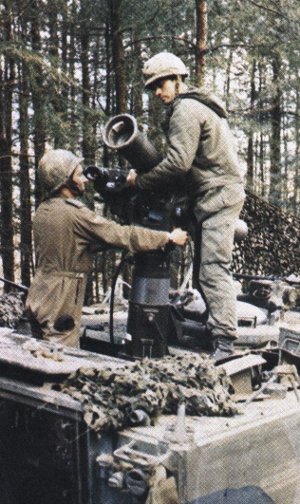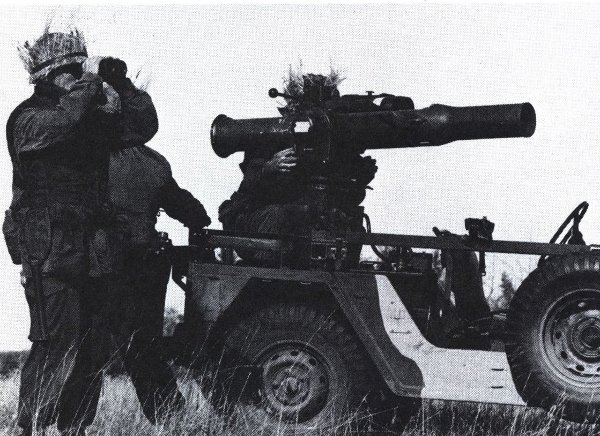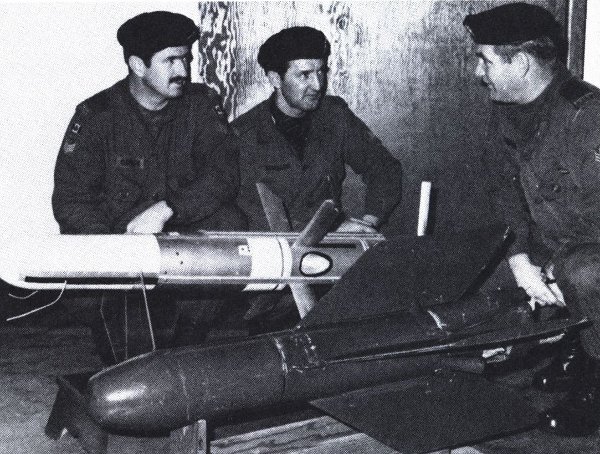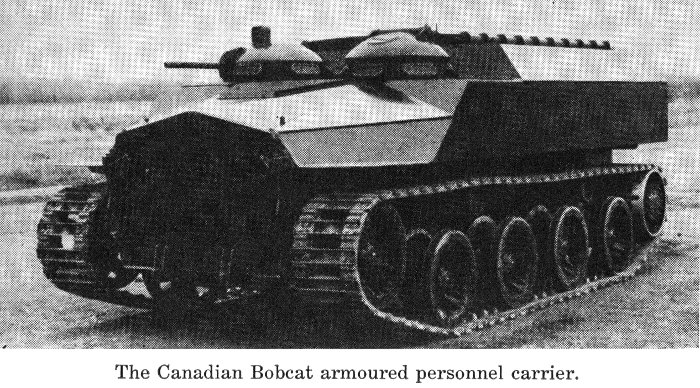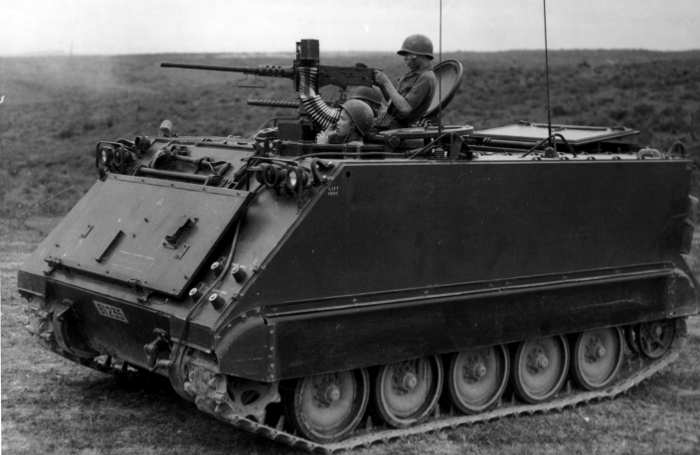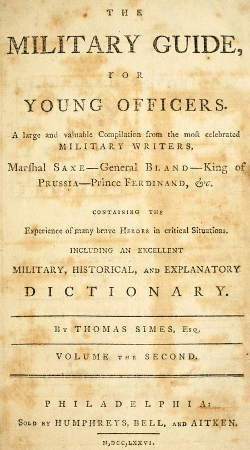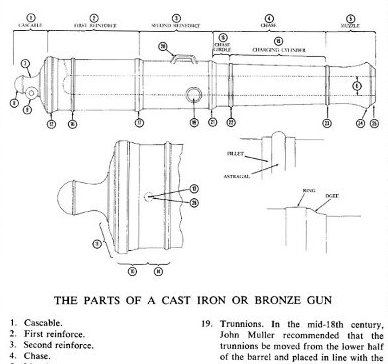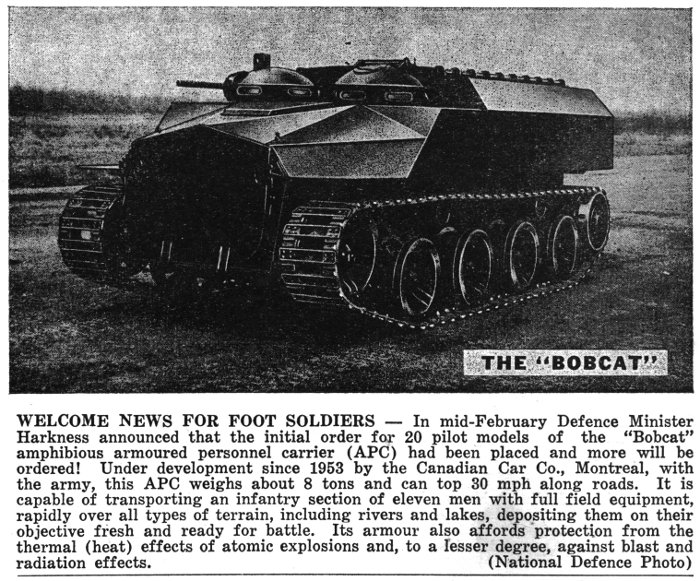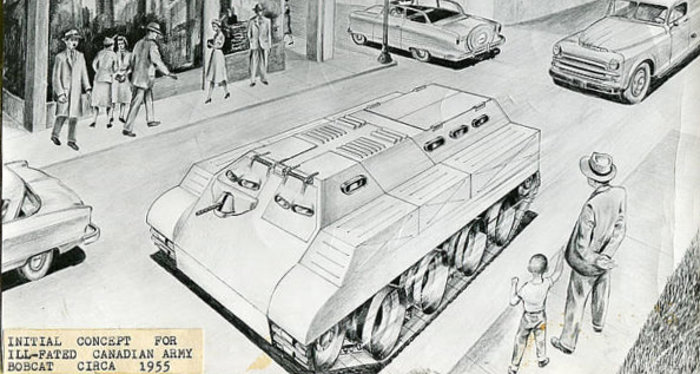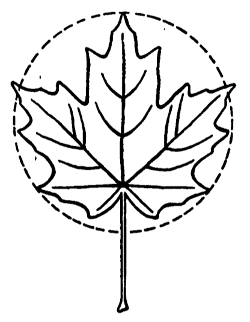Service Rifles (1895)
Topic: Militaria

Military News
Comparison of Rifles Used by Standing Armies
The Daily Mail and Empire, 7 May 1895
The following lengthy, but clear and interesting, letter on the "rifle question" from an Ottawa corespondent, together with the tabulated statement attached, is worthy the attention of every military man:—
With reference to the adoption of a new rifle by Canada, there is much to be said pro and con. All countries which maintain a military or military and naval organization have within the past decade provided a new rifle, each adopting that which to them seemed the best and most effective, and all chose one with a small calibre and a magazine attachment, as may be seen in the statement attached, which has been compiled from the latest information. England has adopted the type known as the Lee-Metford, by which it is understood that a barrel grooved in accordance with the system used in the Metford long range rifle has been added to a breech action the invention of Mr. Lee. The object of these new arms is to obtain a weapon which is more deadly in its results and will kill at greater distances than the arms in stock in Canada, which elsewhere have become obsolete. The old Brown Bess could be depended upon up to 200 or 300 yards, and the percussion musket was but little better. Then came the Enfield rifle, with a reduced calibre and elongated bullet (and in a converted state, the Snider-Enfield), which was uncertain over 700 yards, and it gave place to the Martini-Henry with its further reduction in calibre and change in the bullet; a rifle which is uncertain beyond 900 yards, besides possessing defects—notably that of excessive recoil—which led to its abandonment and the adoption of the Lee-Metford, with its small calibre of .303-inch, and its certainly in firing up to 1,500 yards.
With the adoption of this rifle came a change in the ammunition; black powder had to give way to a smokeless explosive, and a bullet with a hard envelope or shell took the place of the soft leaden bullet of the Snider and the hardened one of the Martini-Henry; and so powerful is the explosive (cordite) used that the rifle is sighted to 2,900 yards, or nearly 1 2/3 miles It may be remarked that the magazine contains ten cartridges, which may be discharged continuously, or, by the action of a 'cut-off,' the supply from the magazine ceases, and the arm can be used as a single loader. The weight of ammunition a soldier can carry in the field is six pounds. With the Martini-Henry he could only carry sixty rounds, but with the Lee-Metford he is supplied with one hundred rounds. With the adoption of the Lee-Metford many thousands of martini-Henry rifles became dead stock, to utilize which it was suggested that those of the most improved type should have attached a barrel of .303-inch, and the breech action altered to suit the smaller cartridge. This was done to a limited extent and it is maintained that three different types of barrels have been supplied—(1) that the original Martini-Henry barrels were reamed out and lines with a tube carrying the .303 bore; (2) that billets of steel of the same external dimensions as the Martini-Henry barrel were bored out and rifled to .303-inch; and (3) that barrels similar to those in the Lee-Metford are used.

The objections to the first type of barrel are so serious that its consideration may be dismissed. With respect to the second type, it may be said that the rifle is too heavy and badly balanced. In the third type we have a rifle whose ballistic properties are identical with the Lee-Metford and less liable to damage from usage and neglect, and though only a single loader, as many shots can be fired from it in two minutes as from the Lee-Metford. But there are objections to both the Lee-Metford and the Martini-Metford, due to the erosion of the bore caused by the intense heat generated by the explosion of the charge and the high velocities of the gases generated, and , as claimed, the inability of the had bullet to form a perfect gas check, unless which is done a portion of the gases must escape between the bullet and the bore, to the detriment of the latter. In the Snider the soft leaden bullet is expanded, and the harder bullet of the Martini-Henry is 'set-up,' and fills the grooves, thus making a perfect gas check. Not so the Lee-Metford bullet. In the bore of the Lee-Metford are seven grooves, the spaces between which are portions of a cylinder .303-inch diameter. The grooves are .004 -inch in depth, and this the width from the bottom of a groove to that of the opposite one is .311 inch, and that dimension is the diameter of the bullet, which when fired is compressed to fit the grooving; and it is stated that this is not done to the extent required to form a perfect gas check, the opinion being based on an examination of fired bullets. It is said, and on good authority, that with black powder a rifle would stand some 12,000 rounds, but that with smokeless powder (cordite) 3,000 to 4,000 would be the limit of the Lee-Metford and Martini-Metford barrel.
The question what explosive shall be used is engaging the attention of the military and naval authorities in the United States, who have the advantage of the experience of those countries which have adopted a smokeless explosive, and yet after three years of trial and research the army department has not settles upon a powder to use in the magazine rifle which has been adopted. What is required of a suitable powder is that it shall give a high muzzle velocity, with a minimum of pressure on the barrel; quick ignition, and be smokeless, leaving but little if any residue or fouling in the bore; possessing good keeping qualities under all atmospheric changes; be safe to handle; easy to load into shells; comparatively safe to manufacture, and reasonable in cost. There are two classes of smokeless powders which can be used in rifles arms, viz.: those which are composed of nitro-glycerine and gun-cotton, like cordite, baltestite, maximite, and the Peyton and Leonard powders, with which the United States army authorities have been for some time experimenting; and those having gun-cotton or other nitro-products as their base, in which class we have rifleite, cannonite, etc. It is true that with the adoption of the .303 rifle a cartridge was made containing a charge of black powder compressed into a cylindrical pellet, but the service ammunition is filled with cordite, for which the rifle is sighted and adjusted; and though this subject is foreign to that of the rifle, yet it has an intimate connection therewith, sufficient at least to demand consideration when viewed from the standpoint of supply. If a .303 rifle be adopted by Canada, then provision must be made to obtain ammunition for it in such quantities as would create and maintain a reserve stock, and meet the yearly expenditure. Granted that the shells, etc., and completion of the cartridges can be done in Canada, the question arises, what explosive shall be used? Black powder in pellet form, or a smokeless powder? And if the latter, which class or kind shall be adopted? Black power of a quality suitable for a military rifle cannot—for the want of a proper charcoal—be made in Canada, high explosives for firearms of any kind are not manufactured here, and though we can in peaceful times obtain a supply from the British Government, yet a time when might arrive when that supply would be limited, if not entirely cut off. At present we obtain from England the powder for the M.-H. Cartridges made at Quebec; and in case of need could fall back on powder made in Canada. This question of ammunition should be considered in connection with that of the adoption of a small bore rifle.

There is a difference of nearly $10 between the prices of the L.-M. And the M.-M., the difference being in favour of the latter. If Canada should adopt either the Lee-Metford or the Martini-Metford—preferably the former—it would not be wise to issue them to the active militia for drill purposes, for the reason that they are not fitted to withstand the usage and treatment they would receive during camps of instruction, or in company armouries; nor are they as suitable as the Snider for recruit drill and instruction, for the latter is good enough for the 'twelve days' drill,' which the force is required to undergo. To improve the military rifle is the aim of to-day, and the tendency is towards an arm which, like the Maxin gun, will, on one pull of the trigger, act automatically, and maintain a continuous fir, only ceasing when purposefully stopped, or when supply of cartridges has failed, and such a rifle has been patented by Herr von Mannlicher, of Vienna. If such a rifle should be a marked success, it follows that the rifles of to-day will have to give place, and, like the Snider and the Martini-Henry, become obsolete. The L.-M. Is not a perfect rifle, for it has not held its own when compared with other systems, notably that Krag-Jorgensen; and much fault is found with the mode of rifling adopted, which, whilst it may have given excellent results with black powder and an expended or 'set-up' bullet, it is not suitable for a high explosive and a hard, compound, bullet, which has to be compressed; and there is a possibility that a new barrel of a harder material than ordinary steel, with a different system of rifling, will ultimately be adopted. The Martini-Metford is not a service rifle, and therefore very little is known respecting it. A few were distributed last year after the shooting season had practically closed, evidently without any defined conditions under which they were to be fired; and, according to the public press, the results obtained were not satisfactory, which may this be accounted for:—(1) The rifles were either of the first or second type stated herein; (2) that black powder cartridges were used, whereas the rifle is sighted for cordite, which gives a much higher muzzle velocity, and requires less elevation; and (3) the unfavourable season of the year, the want of practice and knowledge on the part of those using them, and the absence of rules and conditions under which a similarity of firing would be obtained, and the results compared and considered.
There is apparently a movement on foot to interview the Minister of Militia relative to a new rifle for the militia, and to suggest that such be procured with a little delay as possible. In view of existing circumstances and the probability that, whatever the kind of rifle procured, they will not be issued to the force, but remain in store undistributed, it would appear that action is nor desirable at present, and that Canada can afford to wait a further period, until it has been demonstrated by actual use that the L.-M. Is a serviceable weapon, and whether the experience gained warrants its detention in its present shape, or justifies changes and modifications to make it a more perfect weapon.
H.F.P.
Statement of rifles which have been adopted:—
| Nation | System | Calibre (in.) | No. of Grooves | Powder | Sighted to (yds.) | Cartridges in Magazine |
| Argentine | Manyer | 0.301 | 4 | Smokeless | | 5 |
| Austria | Mannlicher | 0.315 | 4 | Schwab Rubin | 2500 | 5 |
| Belgium | Mauser | 0.301 | 4 | Wetterai | 2050 | 5 |
| Bulgaria | Mannlicher | 0.315 | 4 | Smokeless | 2100 | 5 |
| China | Lee | 0.33 | | | | 5 |
| Chili | Mannlicher | 0.315 | 4 | Smokeless | 2500 | 5 |
| Denmark | Krag-Jorgensen | 0.315 | 6 | Black | 2000 | 5 |
| France | Lebel | 0.315 | 4 | Poudre B | 2000 | 8 |
| France | Berthier | 0.301 | 4 | Smokeless | | 4 |
| Germany | Mannlicher | 0.311 | 4 | Nobel | 2240 | 5 |
| Great Britain | Lee-Metford | 0.303 | 7 | Cordite | 2900 | 10 |
| Holland | Mannlicher | 0.256 | 4 | Smokeless | | 5 |
| Italy | Carcano | 0.256 | 4 | Ballistite | 2100 | 5 |
| Japan | Murata | 0.315 | 4 | Smokeless | 2187 | 8 |
| Portugal | Kropatchek | 0.315 | 4 | Black | | 8 |
| Roumania | Mannlicher | 0.256 | 4 | Smokeless | | 5 |
| Russia | Mouzin | 0.3 | 4 | Kazan Factory | | 5 |
| Spain | Mauser | 0.276 | 4 | Smokeless | 2187 | 5 |
| Servia | Mauser | 0.315 | | | | 5 |
| Switzerland | Schnivat | 0.295 | 3 | P.C 1889 | 2100 | 12 |
| Sweden | Krag-Jorgensen | 0.315 | | | | 8 |
| Turkey | Mauser | 0.301 | | Smokeless | | 5 |
| U.S. Army | Krag-Jorgensen | 0.3 | 4 | | | 5 |
| U.S. Navy | | 0.236 | | | | |
Posted by regimentalrogue
at 12:01 AM EST
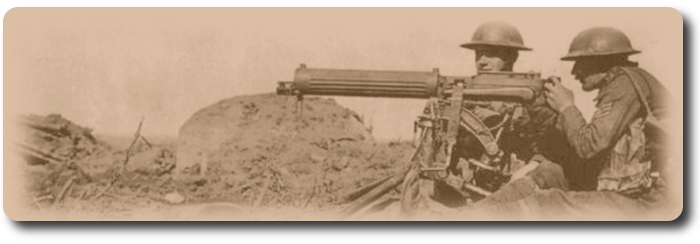
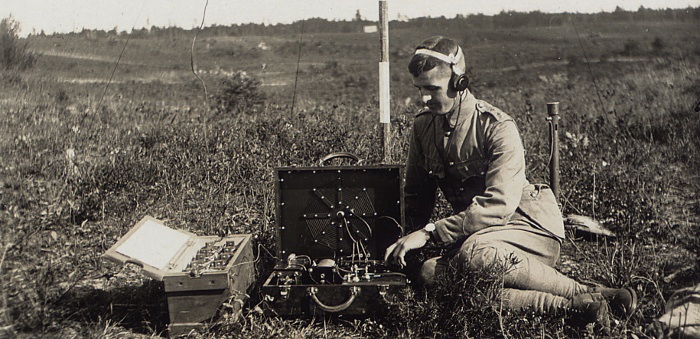


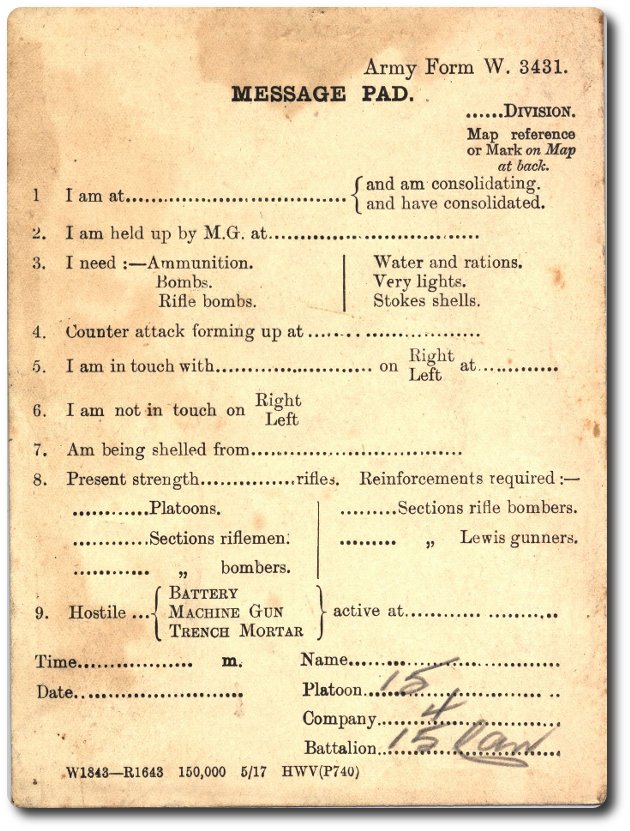



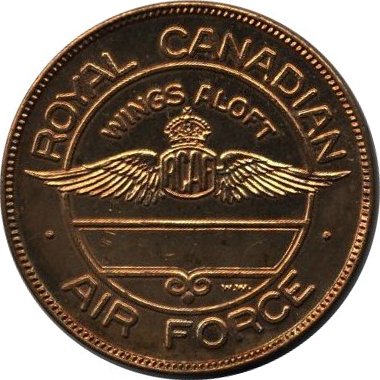
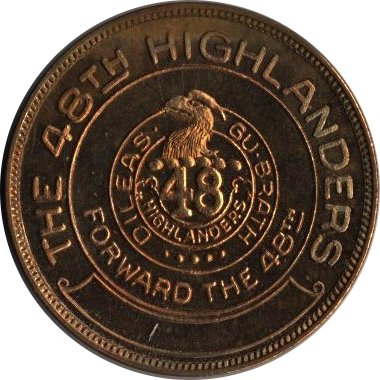
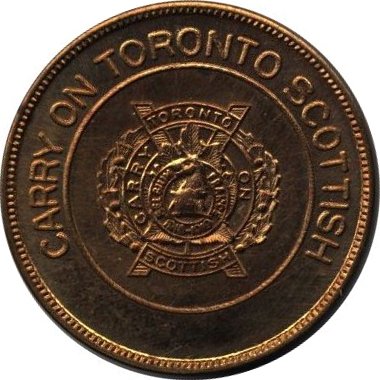
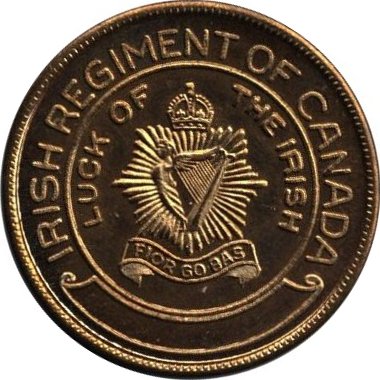
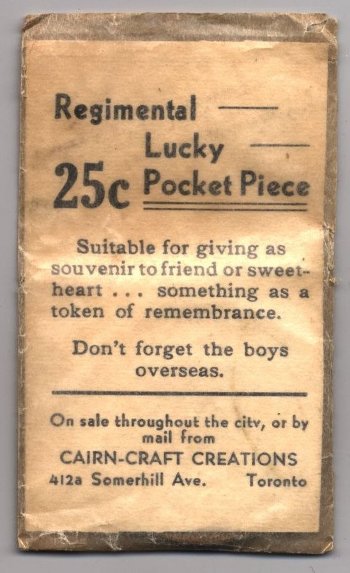
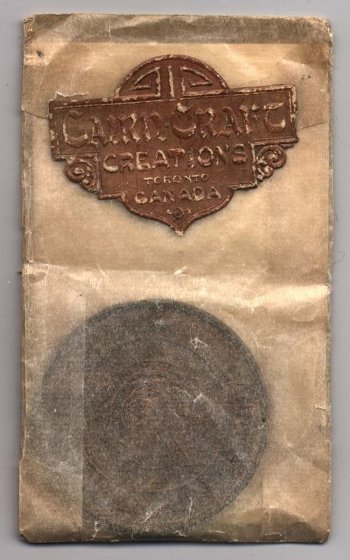
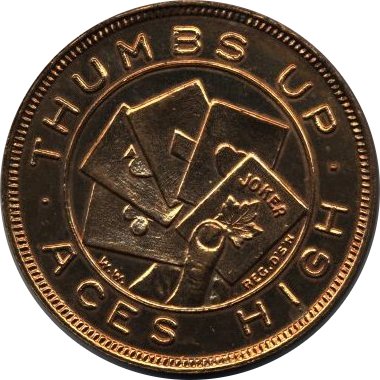
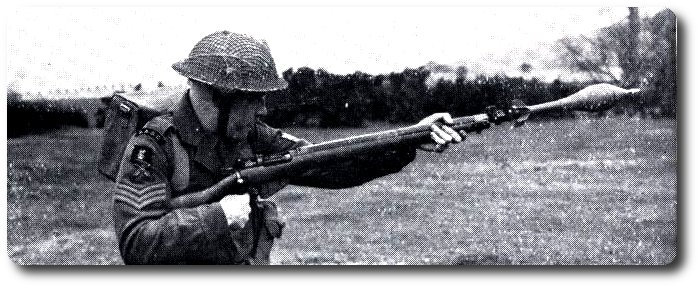
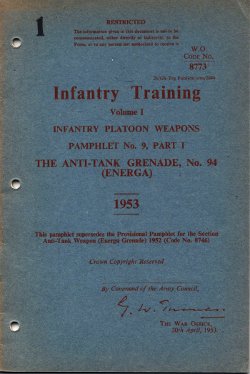
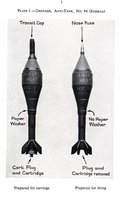
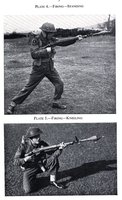
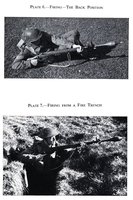
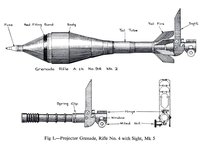
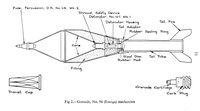


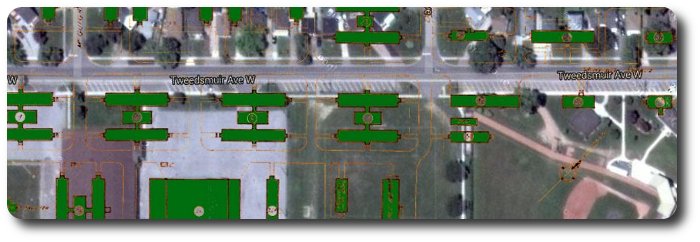
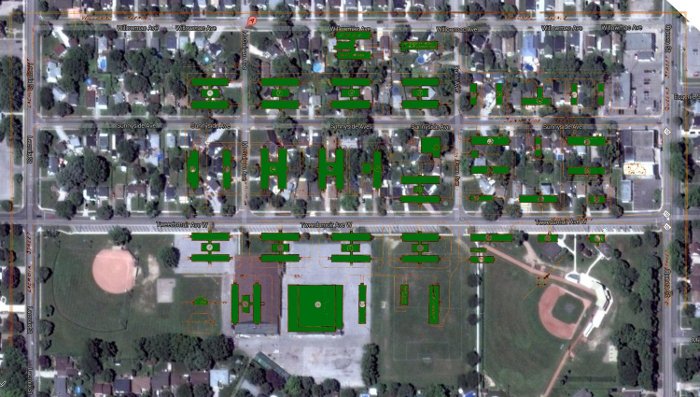
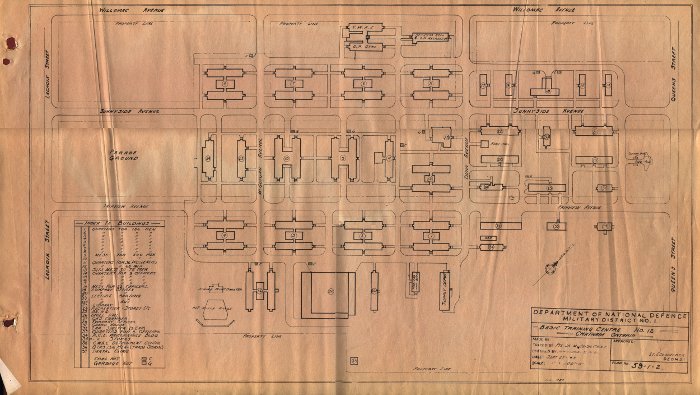
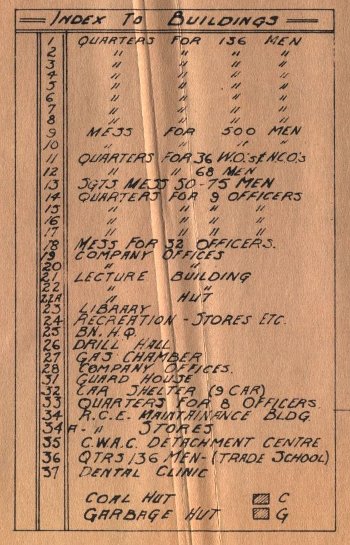
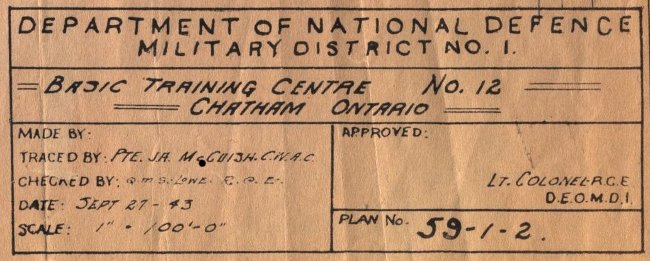
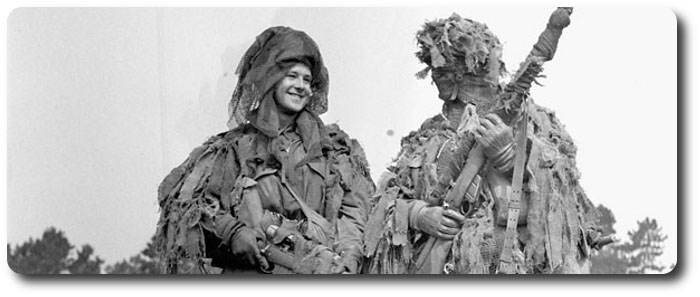
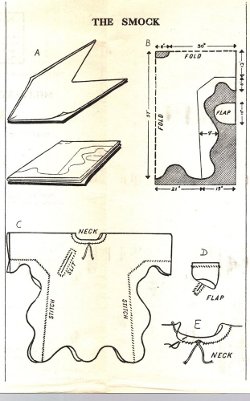
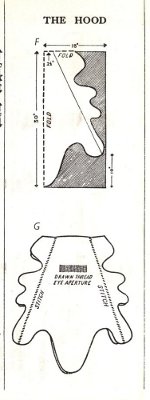
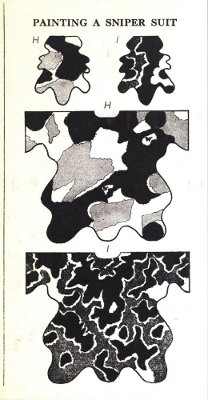

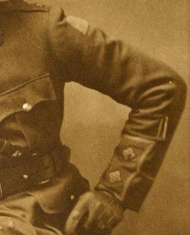
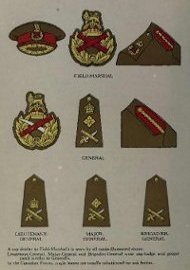
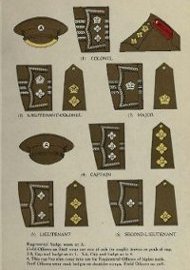
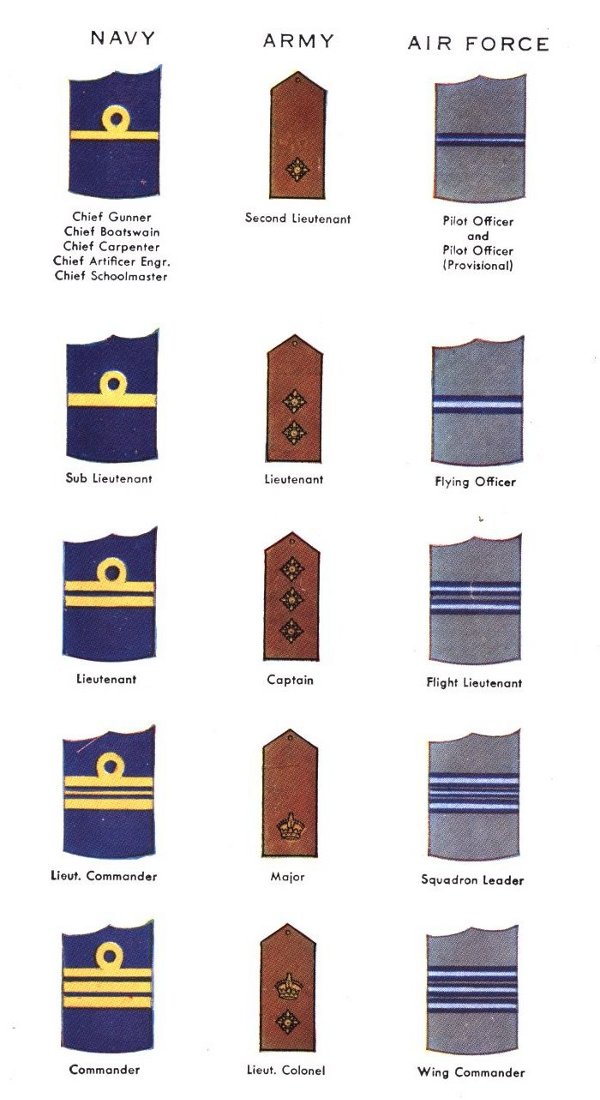

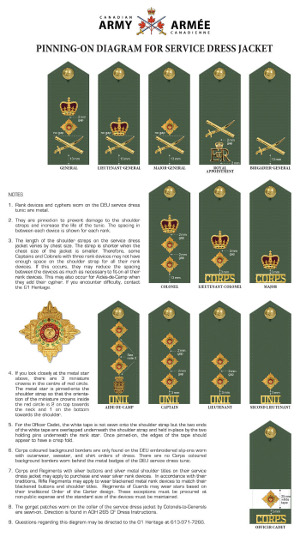
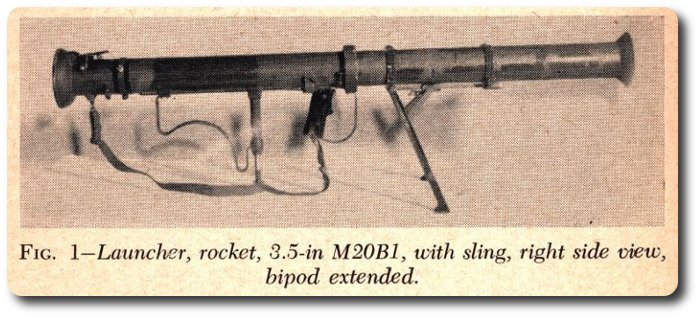
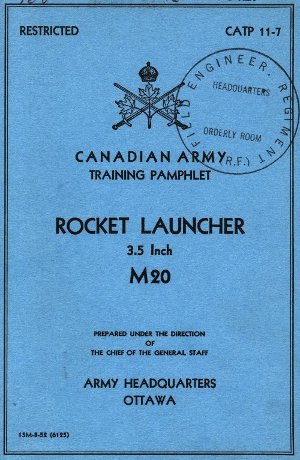
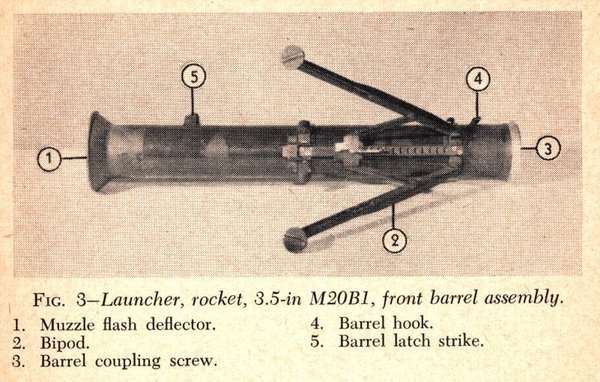
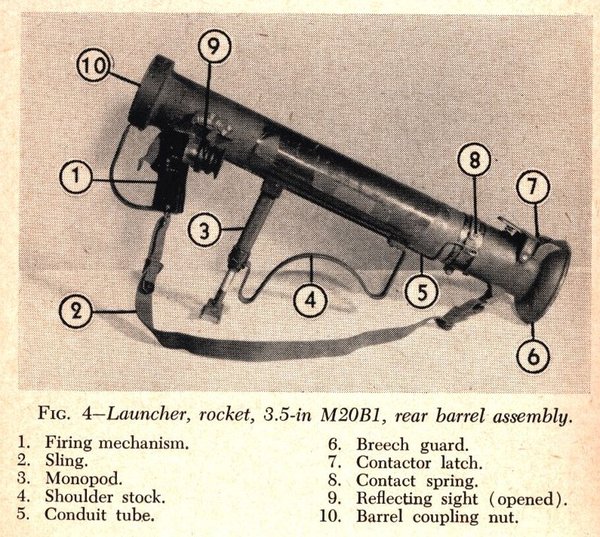
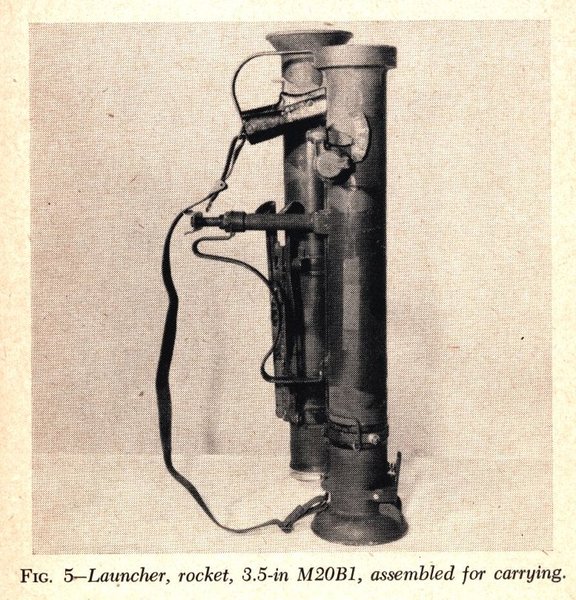
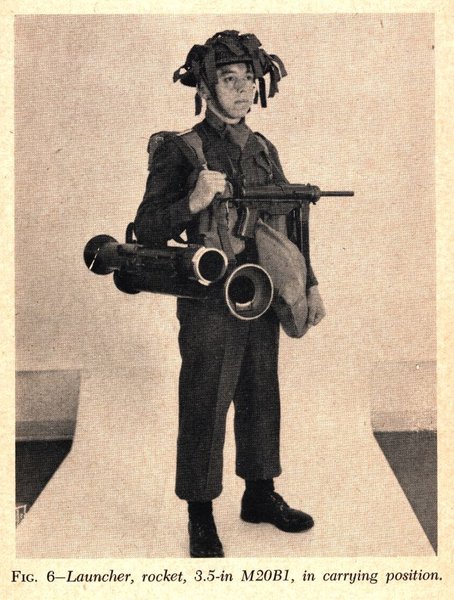
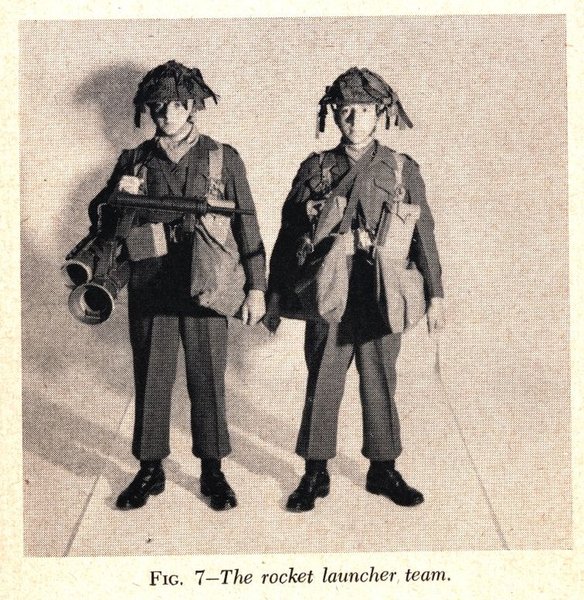
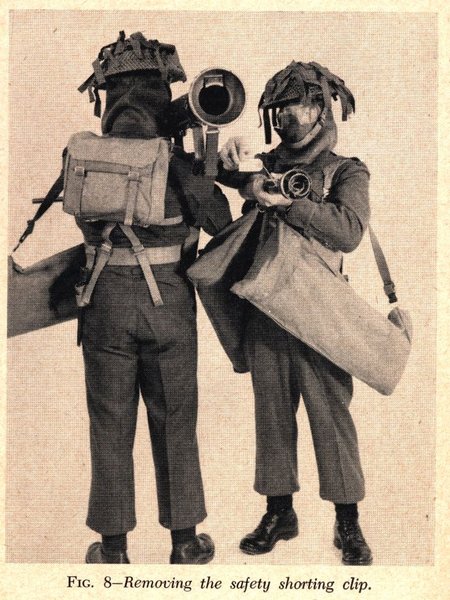
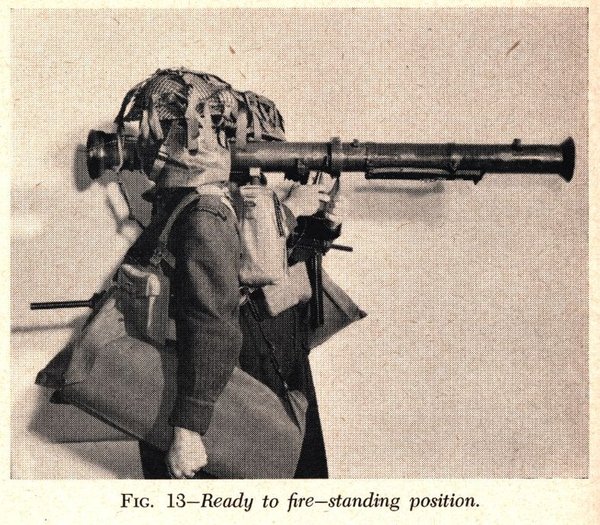
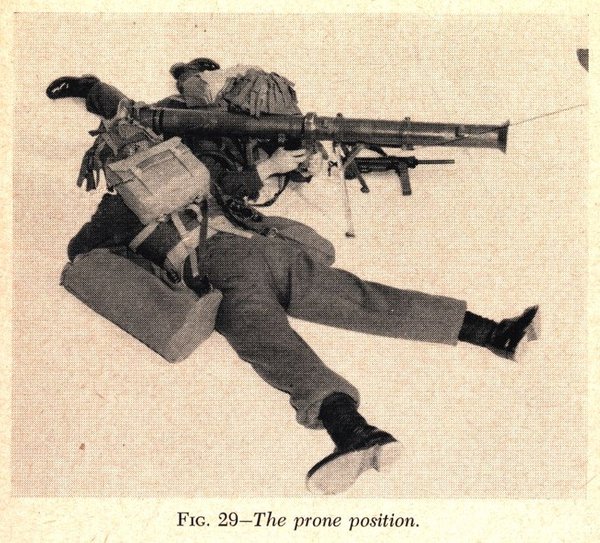
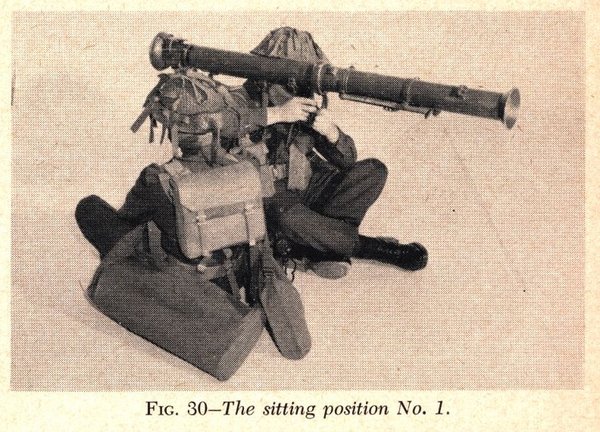
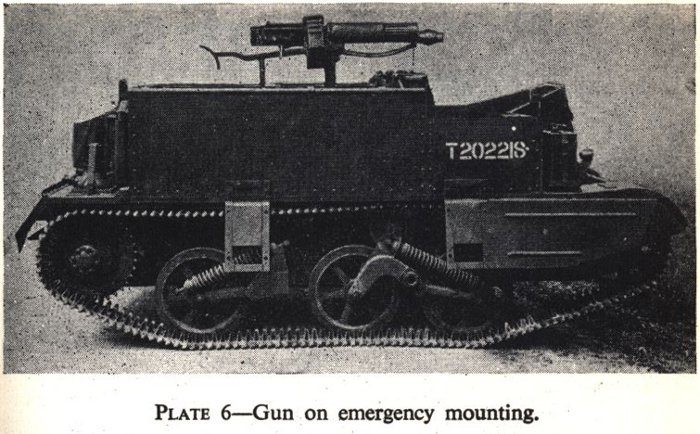
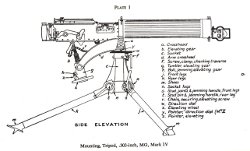
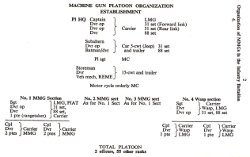
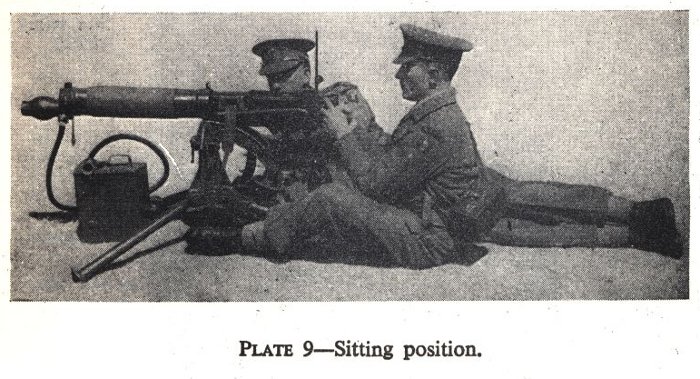
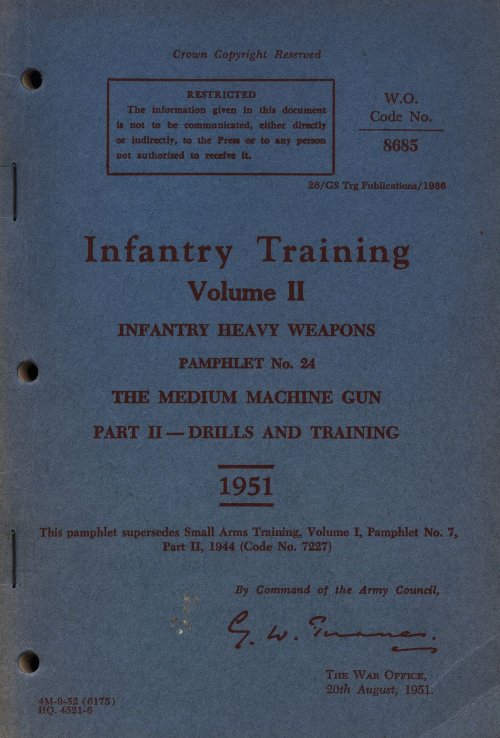
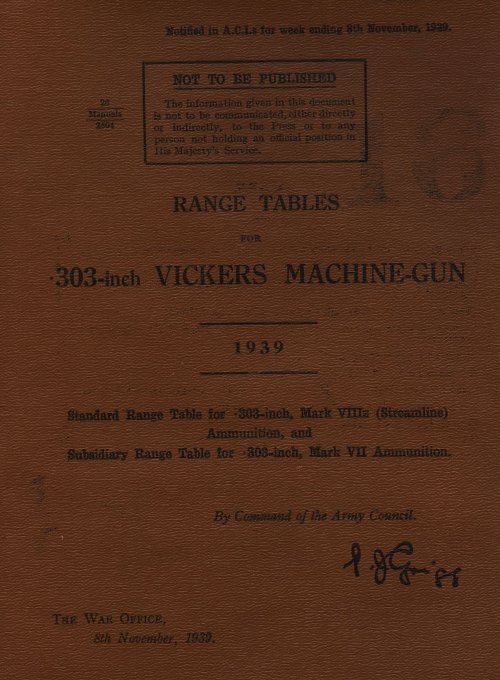
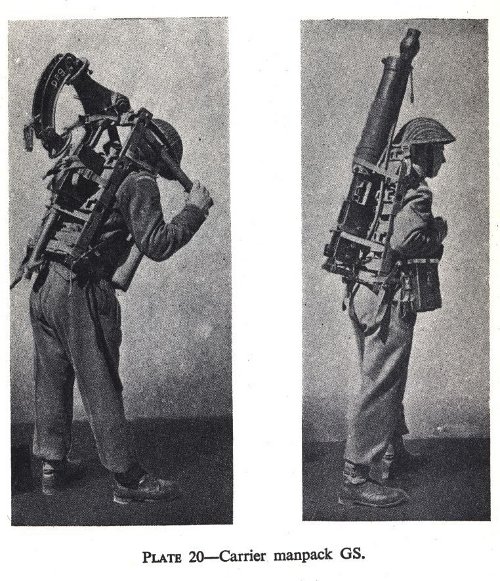
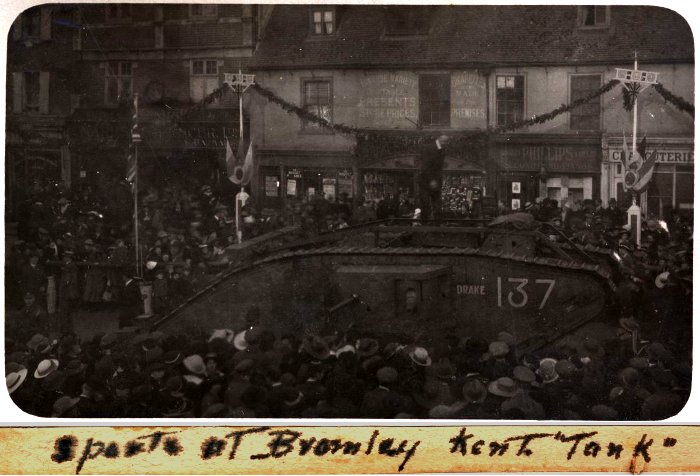
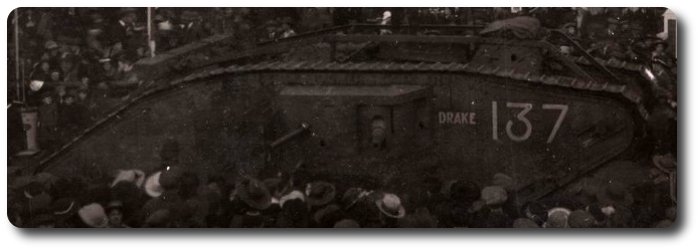
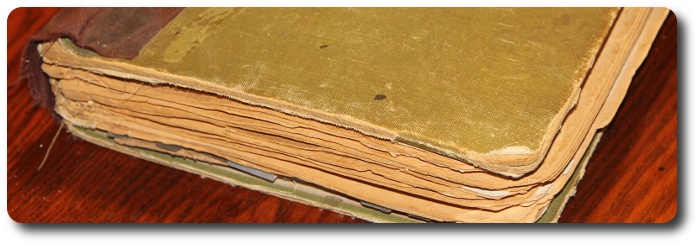
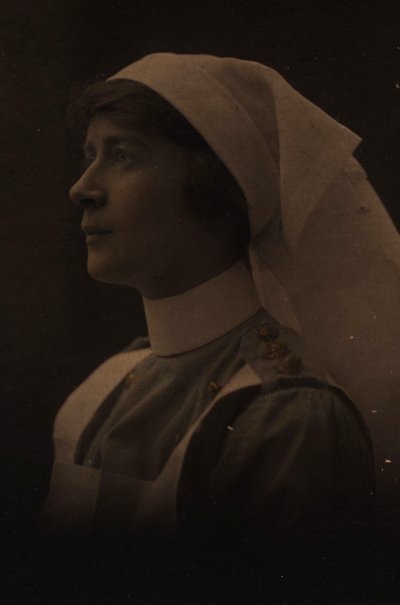 Ada Andrews Kemp was born in Essex Co., England on 2 June 1895. She emigrated to Canada in 1903 as a Bernardo foster child, i.e,, an orphan, where she lived in
Ada Andrews Kemp was born in Essex Co., England on 2 June 1895. She emigrated to Canada in 1903 as a Bernardo foster child, i.e,, an orphan, where she lived in 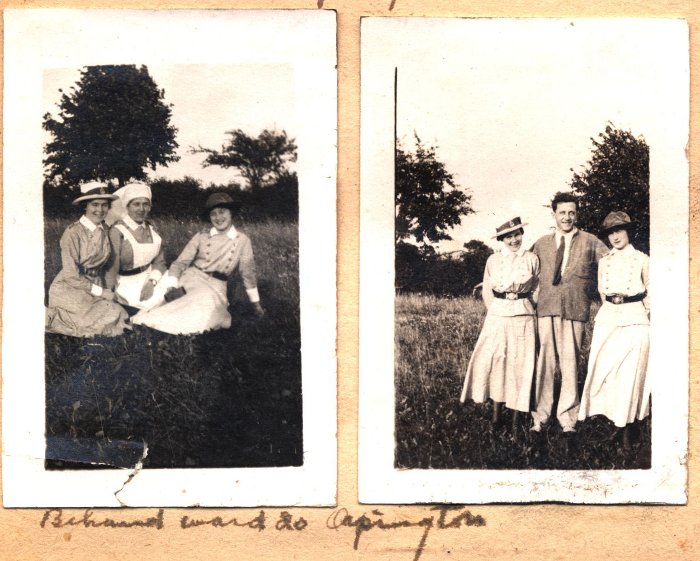
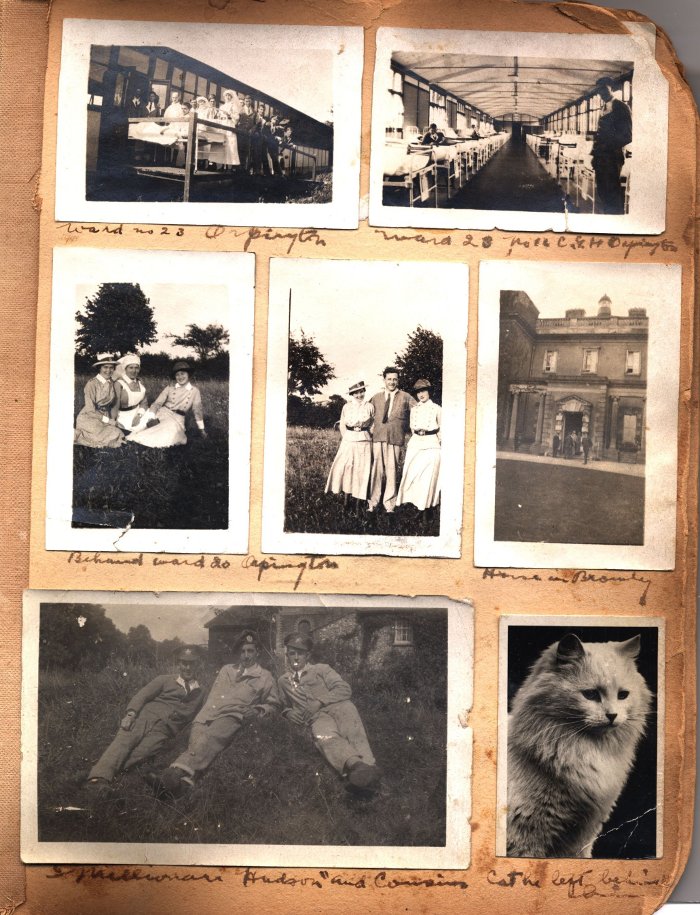
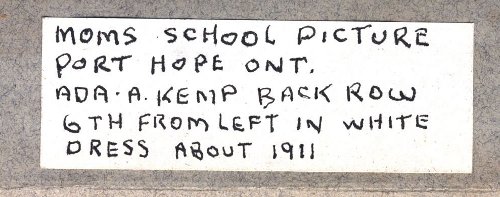
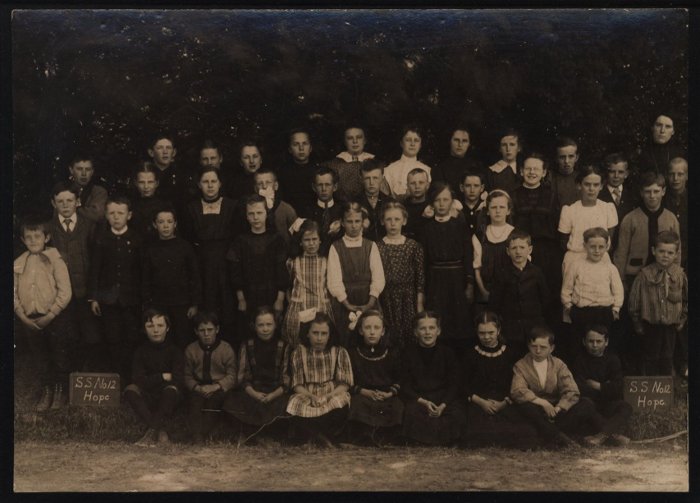
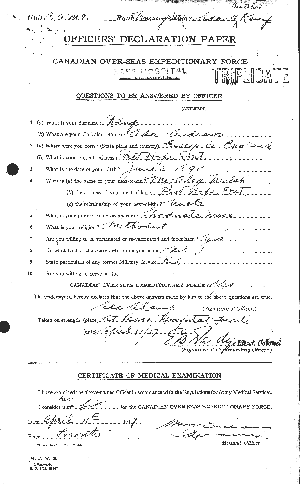

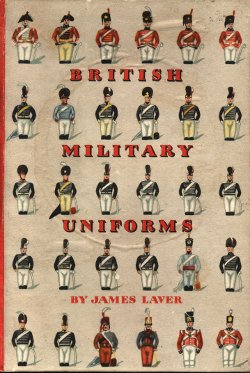 We have now followed, in a necessarily abbreviated and inadequate fashion, the history of British Military Uniforms from their beginning, with the rise of professional armies, to their virtual extinction under the conditions of modern, mechanized warfare. What conclusions, if any, can we come to at the end of our enquiry?
We have now followed, in a necessarily abbreviated and inadequate fashion, the history of British Military Uniforms from their beginning, with the rise of professional armies, to their virtual extinction under the conditions of modern, mechanized warfare. What conclusions, if any, can we come to at the end of our enquiry?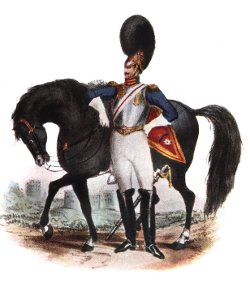 The utility principle has comparatively little influence on civilian costume. In modern male civilian dress it produces a succession of 'sports' clothes which gradually formalize themselves until they are too uncomfortable to be worn for any active pursuit and have to be replaced by something 'easier'. The same is true of military costume.
The utility principle has comparatively little influence on civilian costume. In modern male civilian dress it produces a succession of 'sports' clothes which gradually formalize themselves until they are too uncomfortable to be worn for any active pursuit and have to be replaced by something 'easier'. The same is true of military costume.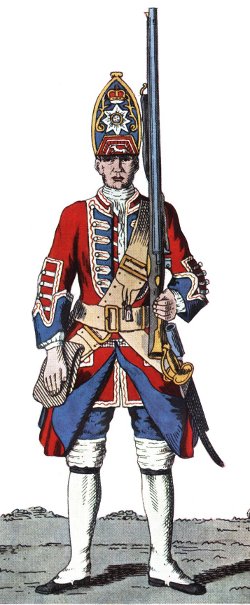 1. Military uniforms are the appurtenances of Kings' Bodyguards and the professional armies that developed from them. Their history is therefore very short – little more than than two hundred years.
1. Military uniforms are the appurtenances of Kings' Bodyguards and the professional armies that developed from them. Their history is therefore very short – little more than than two hundred years.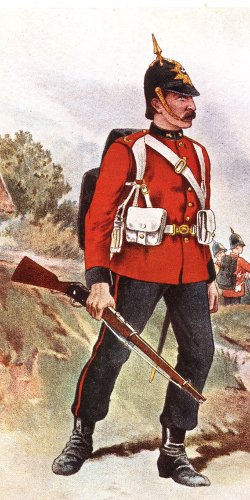 10. Cavalry uniforms follow certain peculiar lines of their own. They strive always for gorgeousness and display, and frequently develop decorations which make it impossible for their wearers to function as cavalry.
10. Cavalry uniforms follow certain peculiar lines of their own. They strive always for gorgeousness and display, and frequently develop decorations which make it impossible for their wearers to function as cavalry.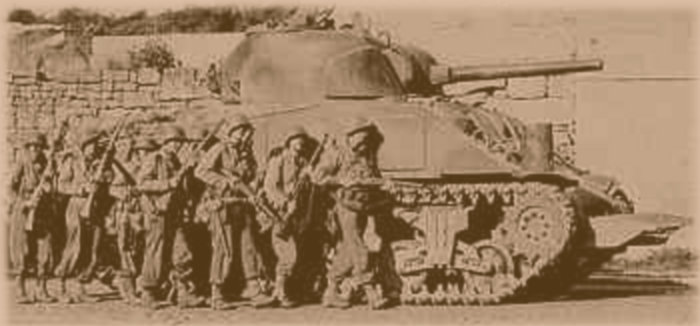
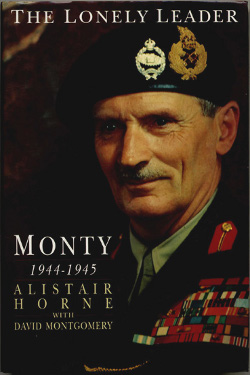 It is a truism that, in a peace-orientated democracy, the panoply of war generally reflects the civilian industrial base rather than that which it requires ideally to win a war. But, as
It is a truism that, in a peace-orientated democracy, the panoply of war generally reflects the civilian industrial base rather than that which it requires ideally to win a war. But, as  TOW missile being fired by the Armoured Defence Platoon of the 2nd Battalion, Princess Patricia's Canadian Light Infantry at CFB Shilo. Photo by Mr. Doug Devin. From the back cover of the Canadian Armed Forces Sentinel magazine 1977, Vol. 13, Number 2.
TOW missile being fired by the Armoured Defence Platoon of the 2nd Battalion, Princess Patricia's Canadian Light Infantry at CFB Shilo. Photo by Mr. Doug Devin. From the back cover of the Canadian Armed Forces Sentinel magazine 1977, Vol. 13, Number 2.